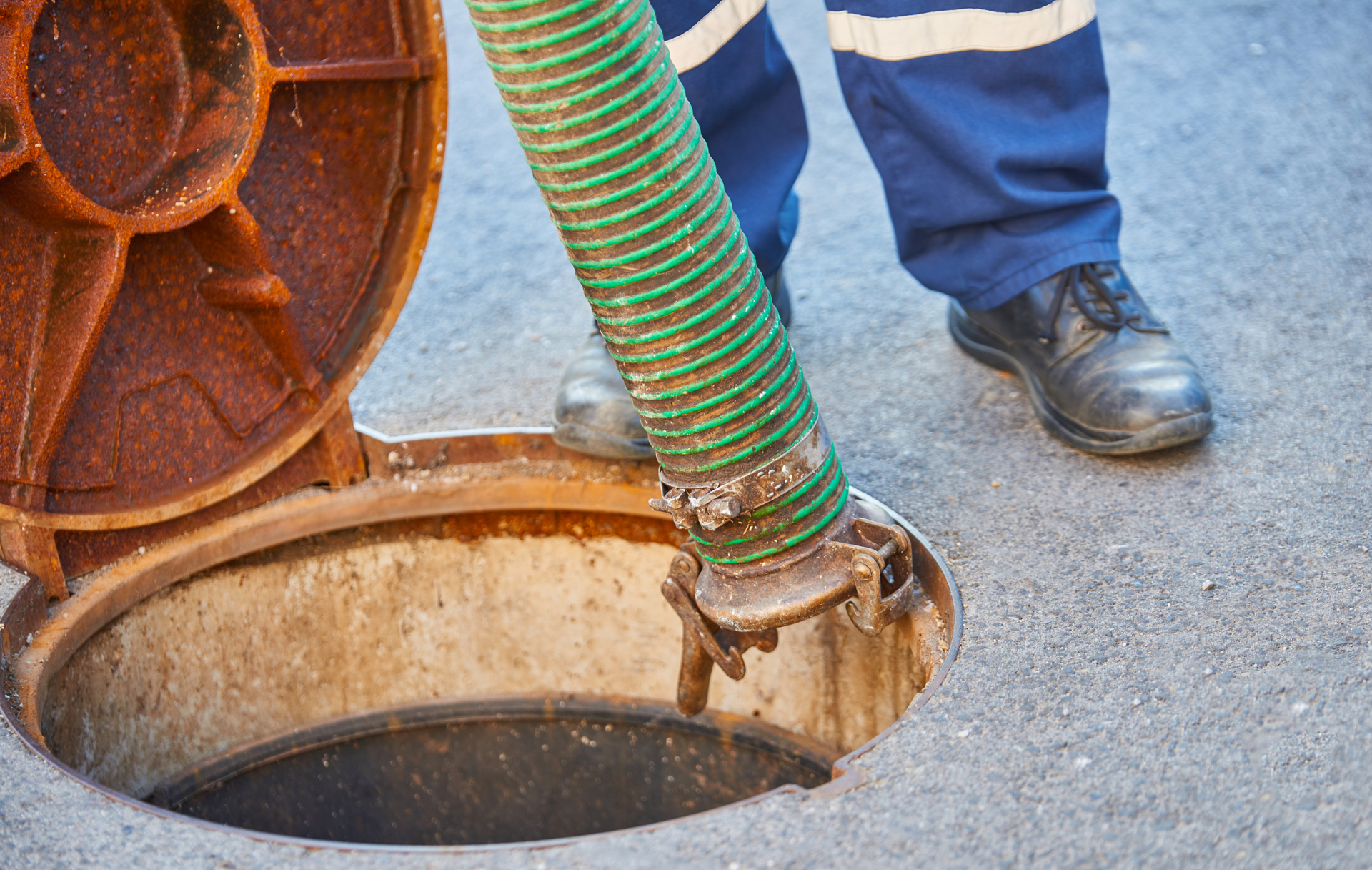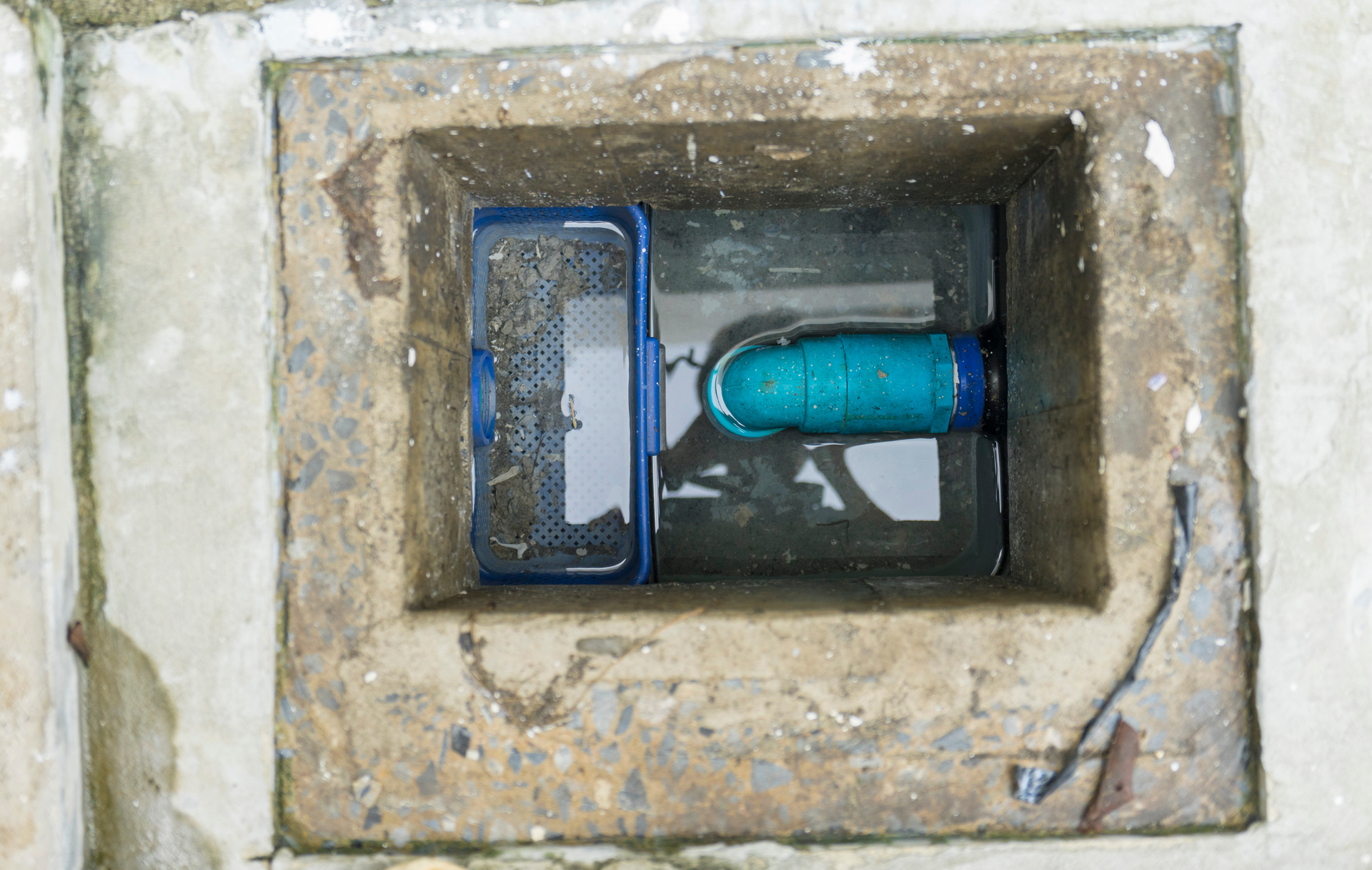Exploring Advanced Septic System Technologies for Efficiency
March 18, 2024
Exploring Advanced Septic System Technologies for Efficiency
When it comes to septic systems, innovation is not a term that immediately comes to mind. However, in today's world, even the most traditional systems are benefiting from cutting-edge technologies. Oxford Septic Service, your trusted partner for septic solutions in Oxford, MS, is here to shed light on some advanced technologies that are revolutionizing septic system efficiency and sustainability.
1. Aerobic Treatment Units (ATUs)
Traditional septic systems rely on anaerobic bacteria to break down waste. ATUs, on the other hand, introduce oxygen into the treatment process, enabling aerobic bacteria to work. This significantly enhances the breakdown of organic matter, resulting in cleaner effluent and reduced environmental impact. These units are ideal for properties with challenging soil or space limitations.
2. Effluent Filters
Effluent filters are small, yet highly effective components that prevent solids from leaving the septic tank and entering the drain field. By keeping solids in the tank, effluent filters extend the lifespan of your drain field and reduce the risk of clogs. Regular maintenance, including cleaning or replacement of the filter, is essential to keep it working efficiently.
3. Dosing Systems
Dosing systems are designed to evenly distribute effluent from the septic tank into the drain field over time. This prevents overloading the drain field, ensuring efficient treatment and preventing premature failure. Dosing systems can be particularly beneficial for properties with variable wastewater flow rates.
4. High-Efficiency Toilets and Fixtures
While not a part of the septic system itself, using high-efficiency toilets and fixtures can significantly reduce water consumption. This, in turn, reduces the volume of wastewater entering the septic system, leading to less stress on the system and a longer lifespan. Some modern toilets use as little as 1.28 gallons per flush compared to older models that can use 3-5 gallons per flush.
5. Smart Monitoring Systems
The advent of the Internet of Things (IoT) has reached the septic system industry. Smart monitoring systems can remotely track the health and status of your septic system. These systems provide real-time data on factors like water usage, tank levels, and potential issues, allowing for proactive maintenance and reducing the risk of costly repairs.
6. Jetting Services
Jetting services, offered by experts like Oxford Septic Service, involve using high-pressure water jets to clean and clear septic system components. This technology is invaluable for removing obstructions in pipes, breaking down solid waste, and improving the overall flow within the system. Regular jetting can prevent clogs, backups, and costly repairs.
7. Greywater Recycling
Greywater is wastewater generated from activities like bathing and laundry. Innovative systems now allow homeowners to recycle and reuse greywater for purposes like landscape irrigation. By diverting greywater away from the septic system, these technologies reduce the overall load on the system and promote water conservation.
8. Biodegradable Additives
While septic tank additives have a mixed reputation, some advanced biodegradable additives can enhance microbial activity within the tank. These products can help break down solids more efficiently and improve overall system performance. However, it's essential to choose additives carefully and follow expert recommendations.
Benefits of Advanced Technologies
Incorporating these advanced technologies into your septic system can bring several benefits:
Improved Efficiency: These technologies enhance the treatment process, resulting in cleaner effluent and less environmental impact.
Longer Lifespan: With proper use and maintenance, these technologies can extend the lifespan of your septic system, delaying the need for costly replacements.
Environmental Responsibility: Many of these innovations reduce the environmental footprint of septic systems, contributing to sustainability.
Cost Savings: By preventing issues and improving efficiency, these technologies can lead to cost savings over the life of your septic system.
Consult the Experts
While these advanced technologies offer significant advantages, their successful implementation and maintenance require expertise. That's where Oxford Septic Service comes in. Our team of professionals is well-versed in the latest septic system innovations and can guide you in selecting and maintaining the right technology for your needs.
In conclusion, septic systems are not stuck in the past. Thanks to advanced technologies, they are becoming more efficient, environmentally friendly, and cost-effective than ever before. Whether you're considering an upgrade or simply want to optimize your existing system, consult the experts at Oxford Septic Service for guidance and service you can trust.

Septic system failures can be costly, inconvenient, and hazardous to both property and health. Fortunately, with proper maintenance and proactive measures, many septic system failures can be prevented. In this guide, Oxford Septic Services shares valuable tips to help homeowners and businesses avoid septic system failures and ensure the long-term functionality of their systems. Chapter 1: Regular Maintenance Inspections Routine maintenance inspections are essential for identifying potential issues early and preventing costly repairs. Oxford Septic Services recommends scheduling regular inspections to assess the condition of your septic system and address any problems before they escalate. Chapter 2: Timely Septic Tank Pumping Regular septic tank pumping is crucial for removing accumulated solids and preventing clogs and backups. Oxford Septic Services advises homeowners to adhere to a consistent pumping schedule based on factors such as household size and usage to maintain optimal tank capacity. Chapter 3: Proper Waste Disposal Practices Improper disposal of household waste can overload septic systems and lead to system failures. Oxford Septic Services recommends avoiding flushing non-biodegradable items, grease, and chemicals down drains and toilets to prevent clogs and damage to the system. Chapter 4: Protecting the Drain Field The drain field plays a critical role in wastewater treatment and dispersal. To prevent drain field failure, Oxford Septic Services advises property owners to avoid parking vehicles or installing structures over the drain field and to maintain proper landscaping to prevent root intrusion. Chapter 5: Prompt Repairs and Maintenance Addressing minor issues promptly can prevent them from escalating into major septic system failures. Oxford Septic Services recommends contacting a professional at the first sign of trouble, such as slow drains, foul odors, or sewage backups, to prevent further damage. Chapter 6: Environmental Awareness Understanding the environmental impact of septic system failures can motivate property owners to prioritize proper maintenance and care. Oxford Septic Services emphasizes the importance of responsible waste management and eco-friendly practices to protect local water sources and ecosystems. Conclusion: By following these tips from Oxford Septic Services, homeowners and businesses can take proactive steps to prevent septic system failures and maintain the functionality of their systems for years to come. With regular maintenance, proper waste disposal practices, and prompt repairs, property owners can avoid costly and disruptive septic system failures and enjoy peace of mind knowing their systems are in good working order.

Oxford Septic Services plays a crucial role in ensuring the health and functionality of septic systems in our community. With years of experience and expertise, our team is dedicated to providing top-quality services to homeowners and businesses alike. In this guide, we'll explore the vital role that Oxford Septic Services plays in maintaining healthy septic systems and preserving the well-being of our environment. Chapter 1: Comprehensive Septic System Maintenance Oxford Septic Services offers comprehensive maintenance services designed to keep septic systems running smoothly. From regular inspections to proactive maintenance measures, our team ensures that septic systems remain in optimal condition year-round. Chapter 2: Professional Septic Tank Pumping Regular septic tank pumping is essential for preventing backups and maintaining the proper functioning of septic systems. Oxford Septic Services provides professional pumping services tailored to the unique needs of each property, ensuring efficient removal of waste and sludge. Chapter 3: Prompt Septic System Repairs When issues arise with septic systems, prompt repairs are crucial to prevent further damage and ensure continued functionality. Oxford Septic Services offers timely and reliable repair services, addressing issues such as leaks, clogs, and drain field problems with expertise and efficiency. Chapter 4: Expert Leach Field Services Leach fields are an integral part of septic systems, responsible for filtering and dispersing wastewater into the soil. Oxford Septic Services offers expert leach field services, including inspections, repairs, and installations, to ensure the proper functioning of this critical component. Chapter 5: Emergency Septic Services Septic emergencies can occur at any time, posing significant risks to property and health. Oxford Septic Services offers emergency services around the clock, providing prompt response and effective solutions to mitigate damage and restore functionality. Chapter 6: Residential and Commercial Solutions Whether it's a residential property or a commercial establishment, Oxford Septic Services offers tailored solutions to meet the unique needs of each client. From small homes to large commercial properties, our team has the expertise and resources to handle any septic system challenge. Chapter 7: Environmental Stewardship At Oxford Septic Services, we are committed to environmental stewardship and sustainable practices. We prioritize eco-friendly solutions and responsible waste management techniques to minimize our impact on the environment and protect natural resources. Conclusion: Oxford Septic Services plays a vital role in maintaining healthy septic systems and preserving the well-being of our community. With comprehensive maintenance services, prompt repairs, and a commitment to environmental stewardship, our team ensures that septic systems remain in optimal condition for years to come. Trust Oxford Septic Services for all your septic system needs and experience the difference firsthand.
